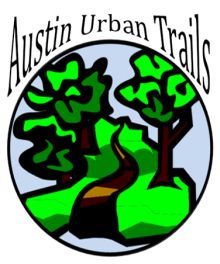The Numbers
95.2% (5,857 of 6,149) of Austin trail segments are in the 0-25% shade range of the total trail segment shade index
4.1% (254 of 6,149) of Austin trail segments are in the26-50% shade range of the total trail segment shade index
0.54% (33 of 6,149) of Austin trail segments are in the 51-75% shade range of the total trail segment shade index
0.08% (5 of 6,149) of Austin trail segments are in the 76-100% shade range of the total trail segment shade index
